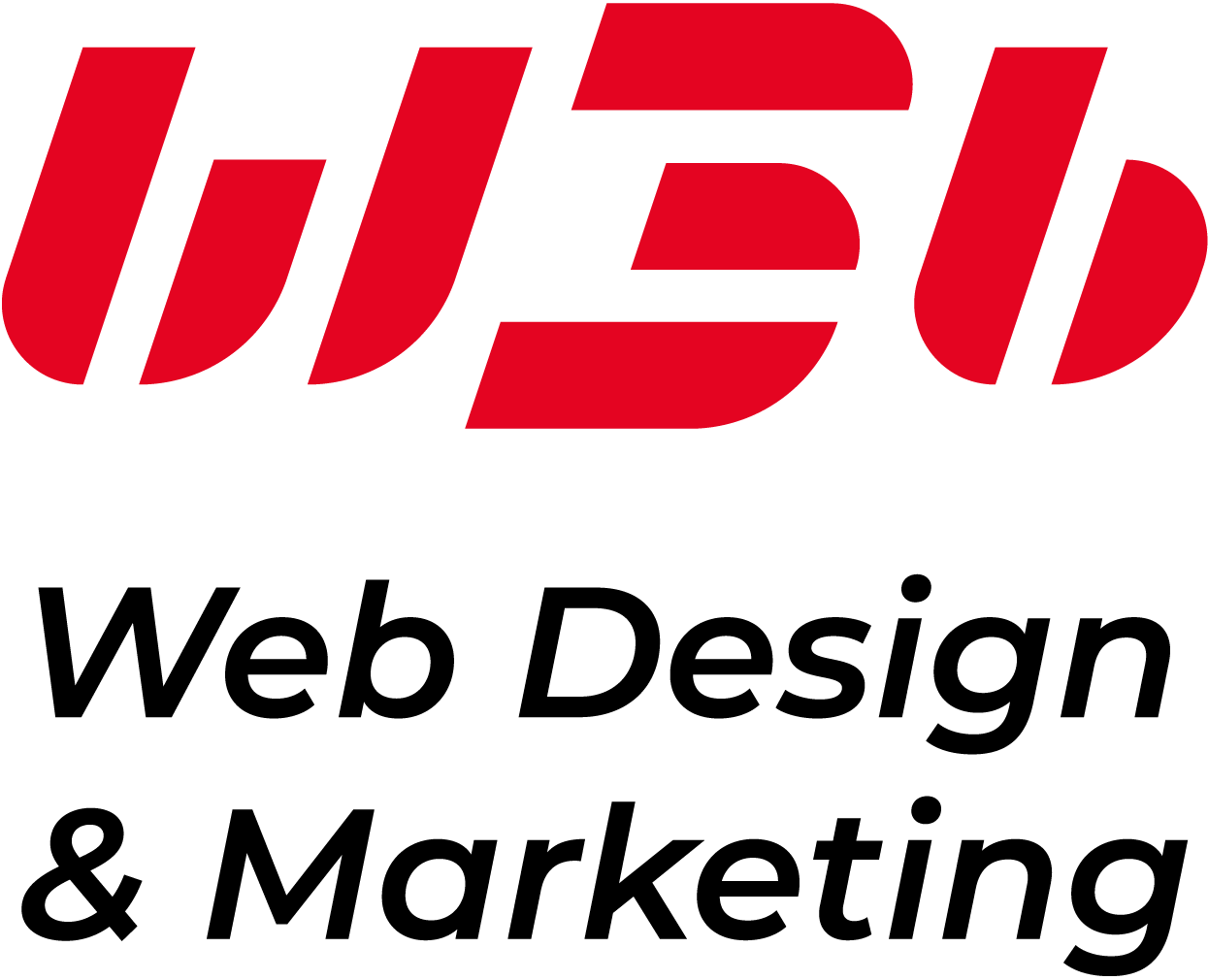In recent years, you may have noticed an increase in the number of websites displaying cookie banners with an “OK” button. These banners typically inform users that the website uses cookies and ask for their consent to continue browsing. While this may seem like a step in the right direction towards transparency and compliance with data privacy regulations, the reality is that a simple cookie banner with an “OK” button is not enough to protect users’ privacy and ensure compliance with the law.
First and foremost, it is important to understand what cookies are and why they are used on websites. Cookies are small text files that are stored on a user’s device when they visit a website. These files contain information about the user’s browsing habits, preferences, and other data that can be used to track their online behavior. While some cookies are necessary for the functioning of a website, others are used for targeted advertising, tracking user activity, and other purposes that may infringe on users’ privacy.
The General Data Protection Regulation (GDPR) and other data privacy laws require websites to obtain explicit consent from users before storing or accessing their personal data, including cookies. This means that websites must provide clear and comprehensive information about the types of cookies used, their purposes, and how users can manage their preferences. A simple cookie banner with an “OK” button does not meet these requirements, as it does not provide users with enough information to make an informed decision about their privacy.
Furthermore, many cookie banners are designed in a way that encourages users to simply click the “OK” button without fully understanding the implications of their consent. This is known as “dark patterns,” which are user interface design techniques that manipulate users into taking actions that may not be in their best interest. By using misleading language, confusing layouts, and other tactics, websites can trick users into accepting cookies without fully understanding the consequences.
To ensure compliance with data privacy regulations and protect users’ privacy, websites should go beyond a simple cookie banner with an “OK” button. They should provide clear and transparent information about their use of cookies, including the types of cookies used, their purposes, and how users can manage their preferences. Additionally, websites should give users the option to opt out of non-essential cookies and provide tools for managing their cookie settings.
In conclusion, a cookie banner with an “OK” button is not enough to protect users’ privacy and ensure compliance with data privacy regulations. Websites must provide clear and comprehensive information about their use of cookies, avoid using dark patterns to manipulate users into accepting cookies, and give users the tools they need to manage their cookie preferences. By taking these steps, websites can build trust with their users, protect their privacy, and demonstrate their commitment to data privacy compliance.
We can help!







